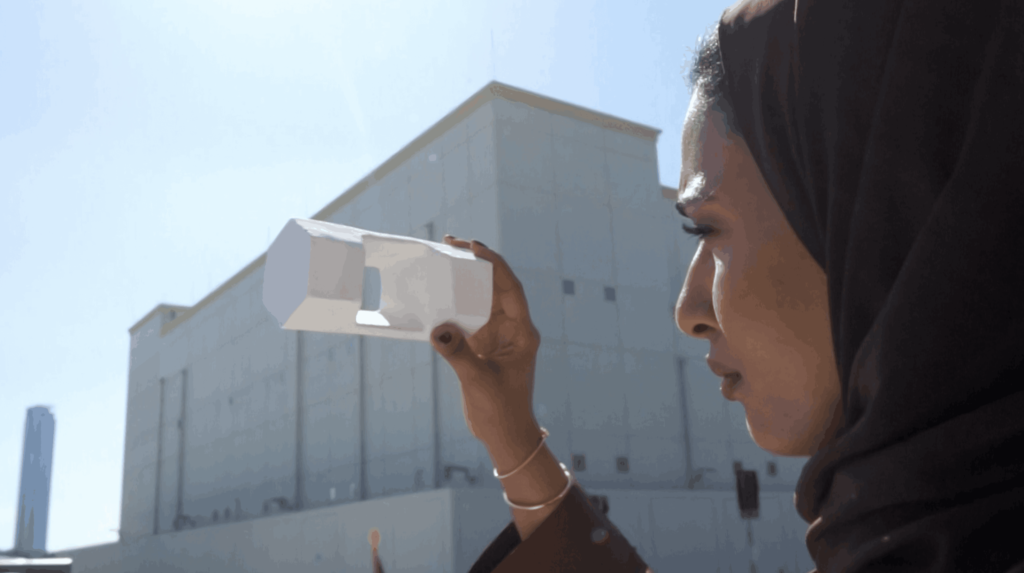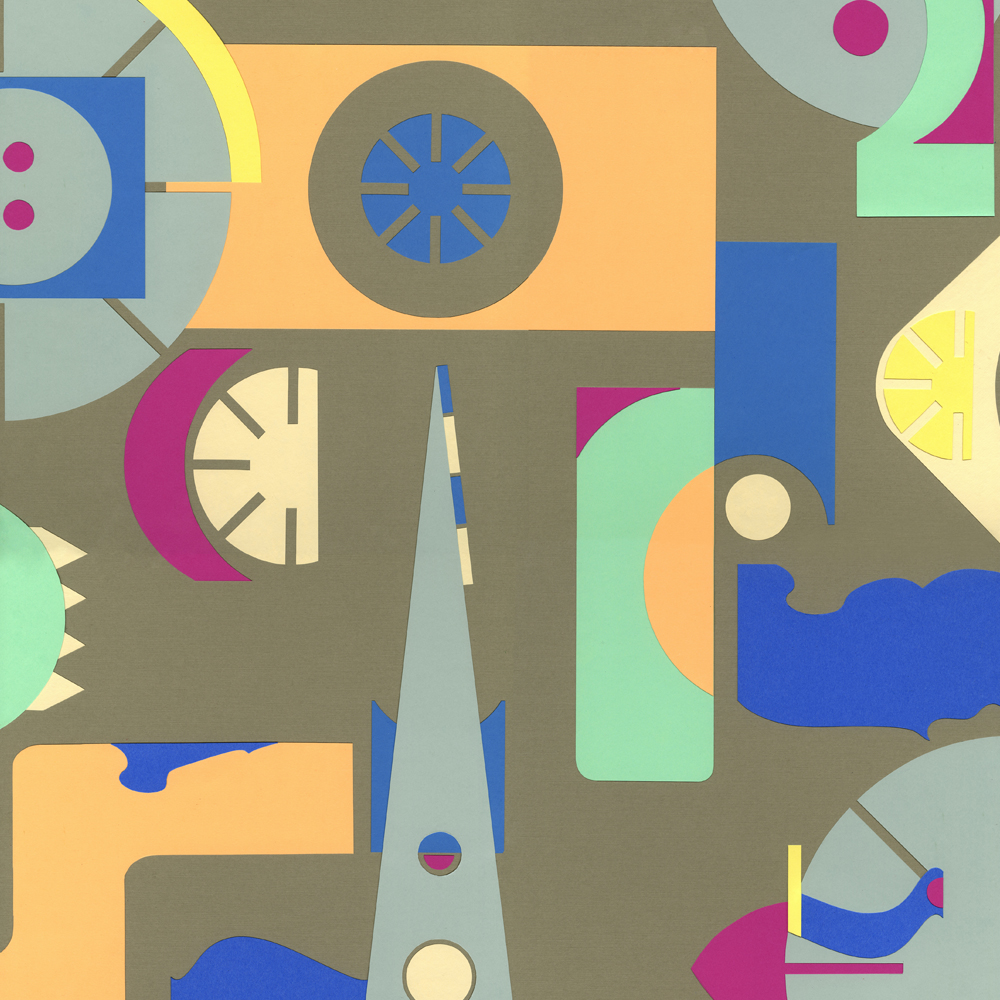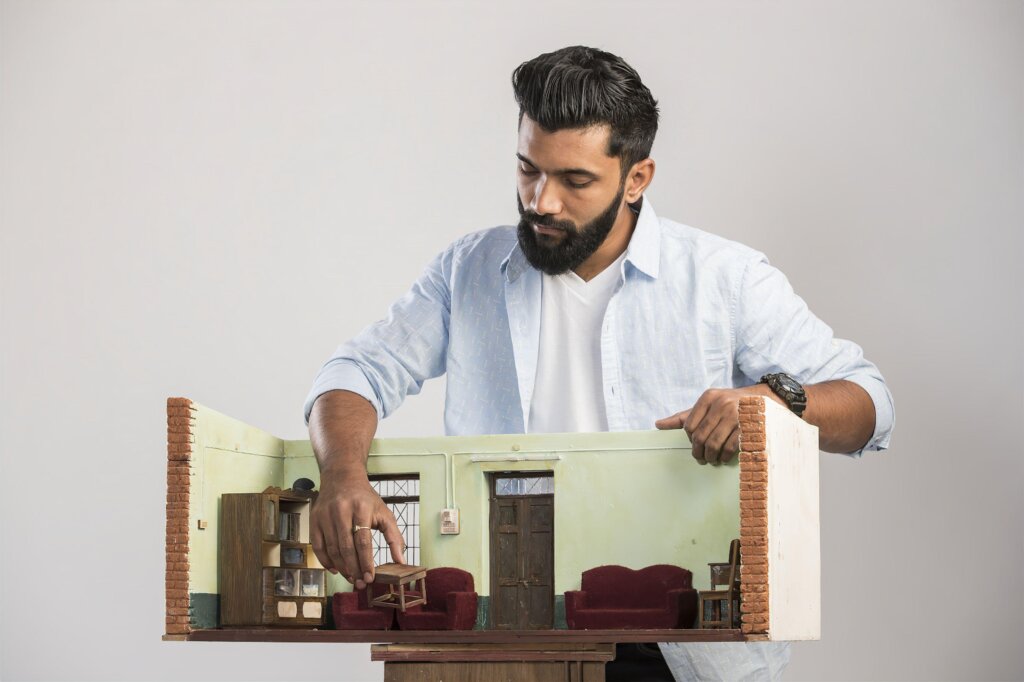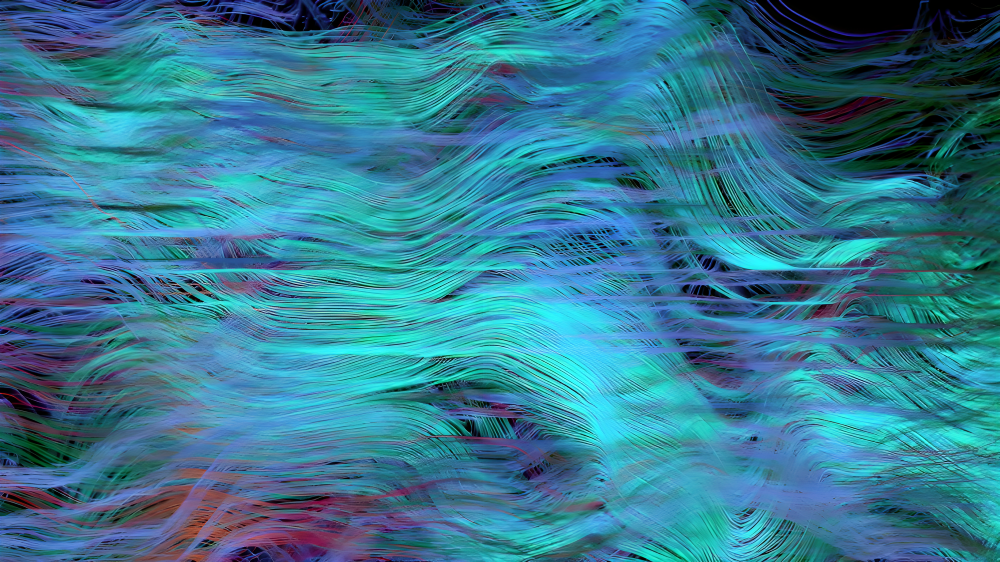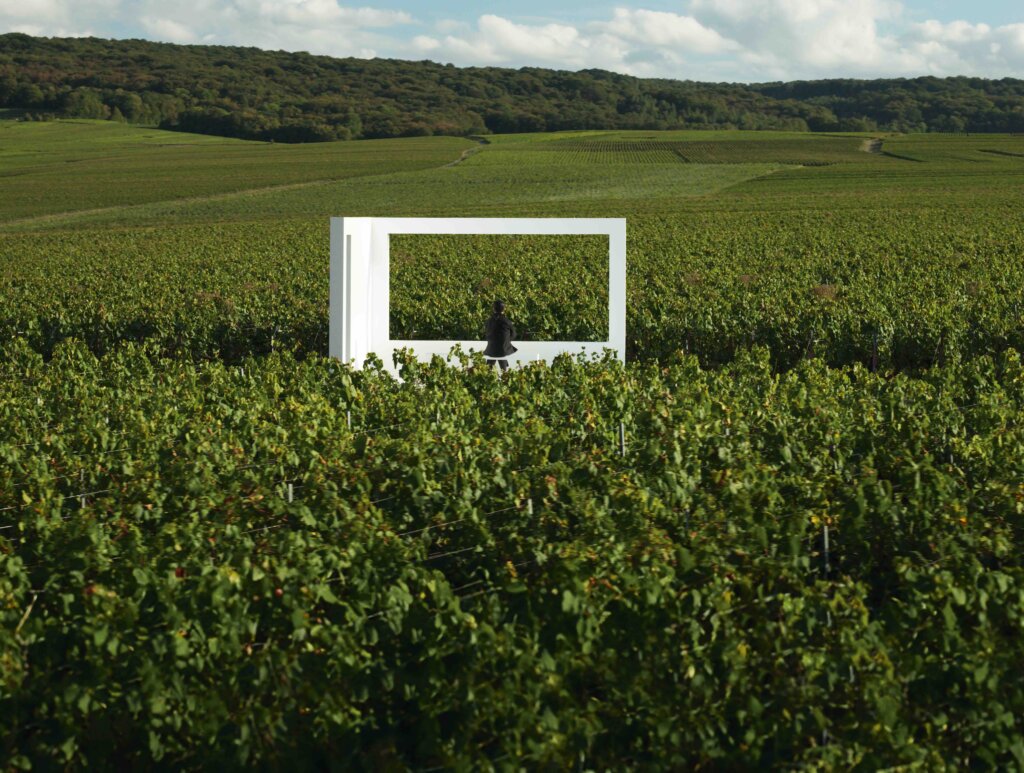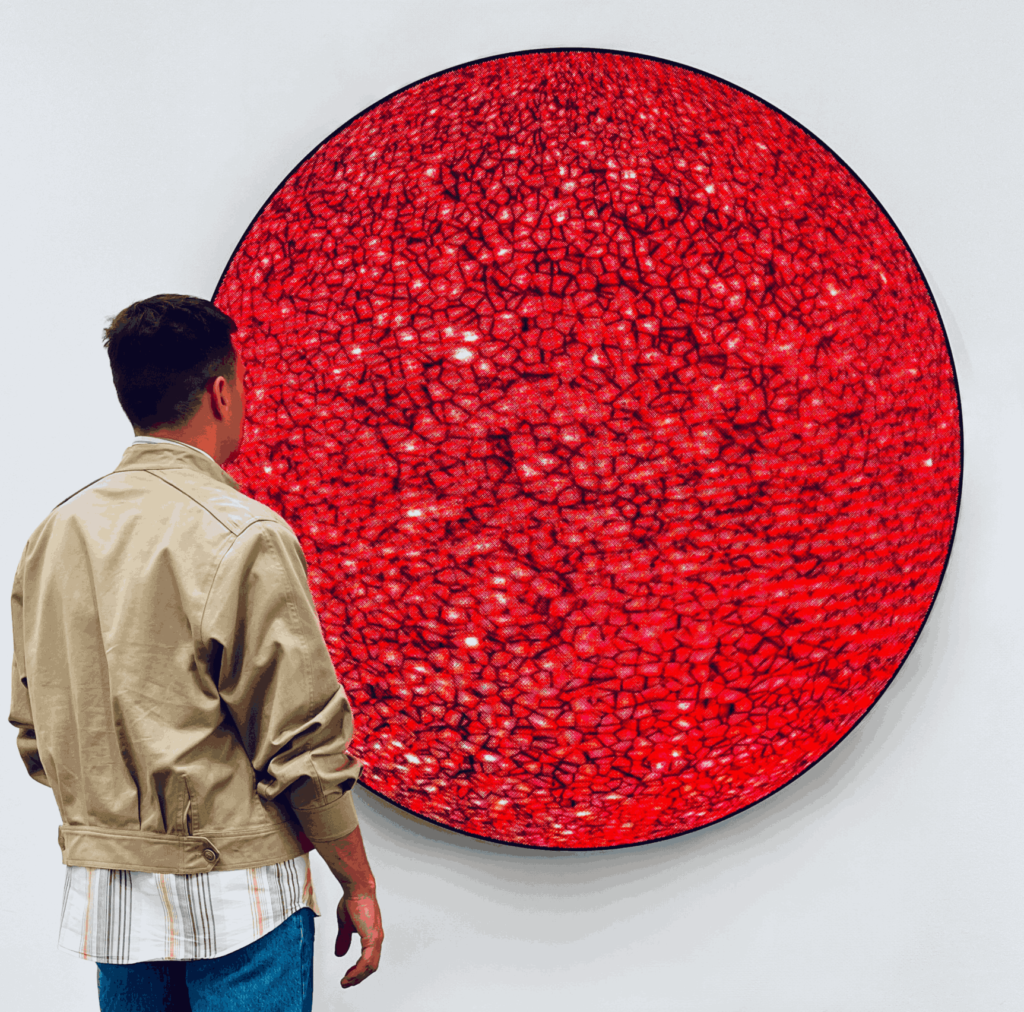The 2022 exhibition in Art Dubai Modern, “The Soul of Progress,” brought together 11 modernist masters from the MENASA area, paying attention to the lesser-explored artistic undercurrents that have shaped the region’s art. They proved to be sprawling solo presentations, with a wealth of archival and didactic materials that reached across North Africa, the Arab world, Iran, and South Asia, and spanned a range of artistic practices from the 1930s to the 1970s.
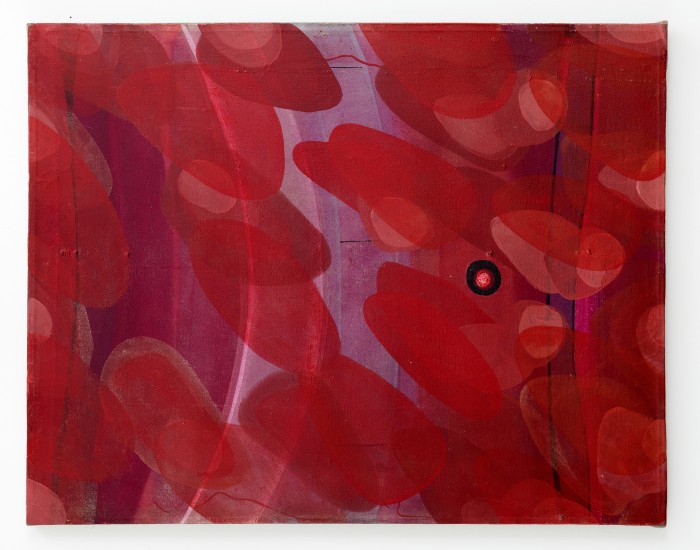
Aref El Rayess, Untitled, 1966
Courtesy of the artist estate and Sfeir-Semler Gallery
Beirut/Hamburg
“Modernism in the Arab World or the larger area is not just one monolith where everything looks the same and is about the same issues,” says Sam Bardaouil, who curated the show along with Till Fellrath. “There are certain ties, certain links. Most of the time they boil down to connections between the artists themselves, but the main idea here is that there is such a diversity of positions — political, artistic, formal — that underline everything that we are about to see.”
The exhibition drew inspiration from the artist K. S. Kulkarni (1918–1994). Born in Karnataka, Kulkarni’s paintings celebrated the Indian everyman rather than its elites; he said he wanted to align his work with the “soul of the people” and act as a “process of progress”. Bardaouil and Fellrath used this radical sentiment to focus on the lives of artists, both personal and communal, in their bids for greater creative and social freedom.
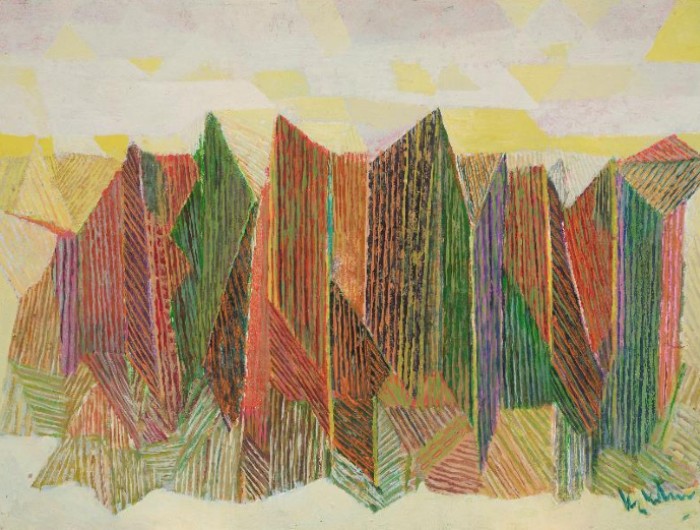
Krishna Shamrao Kulkarni, Untitled, 1971
Courtesy of Aicon
New York
At Gallery One, for example, Walid Abu Shakra’s soft, pastoral etching View from my Village (1975) evoked a sense of both distance and proximity; the work was made in London, after the artist left Palestine in 1972. Abu Shakra’s extensive body of naturalistic depictions reveals his keen eye for native flora and a nuanced, often striking tonal range. Similarly Aref El Rayess’s Untitled (1966) at Sfeir-Semler, with its sea of red elliptic globules flowing through concentric semi-circles, presented another landscape of sorts – fluid and almost cellular – which was similarly painted in exile: El Rayess visited the US in the early to mid-1960s, where he participated in discussions and engaged with Abstract Expressionist works, before returning to Lebanon in 1967.
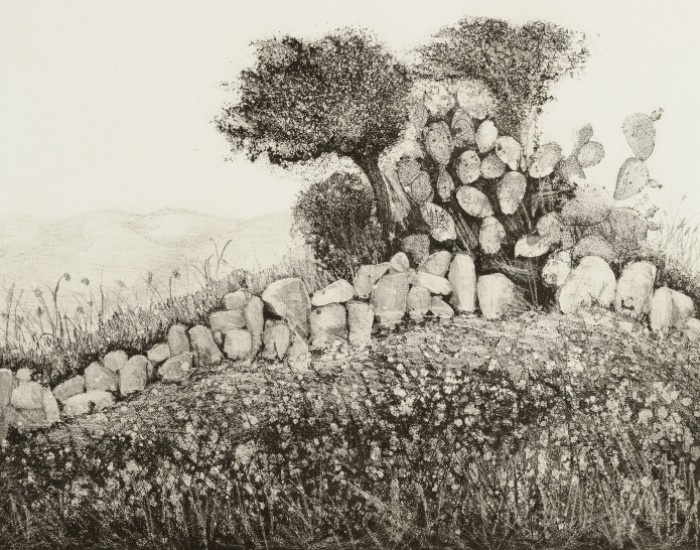
Walid Abu Shakra, View from my village, 1975
Courtesy of Gallery One
Ramallah
The transnational influences on many of the region’s painters were also highlighted. The works of lauded Lebanese painter Bibi Zogbé, at Agial Art Gallery, represented an essential and oft-overlooked chapter in the Lebanese-South American diaspora’s story. Her joyful, decorative depictions of flowers and plants showcased a strong classical background and a fond recollection of her upbringing in the Lebanese coastal village of Sahel Alma. Works such as Cactus (1963), painted over a decade after her return to Lebanon in 1947 (preceded by stints in Argentina, Paris, and Dakar), can be seen as a nod to both the local and far-flung plant life that occupied her imagination.
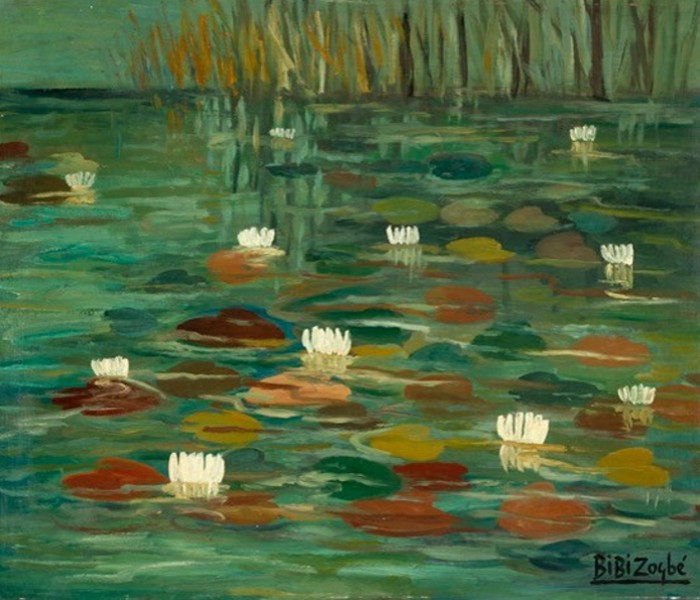
Bibi Zogbé, Untitled, 1947
Courtesy: Agial Art Gallery
Beirut
Bardaouil and Fellrath have led the way in researching and contextualising Arab modernism, through exhibitions at institutions such as Centre Pompidou in Paris, Tate Liverpool, Saradar Collection in Beirut, and Mathaf: Arab Museum of Modern Art in Doha. Recently appointed as directors of the Hamburger Banhhof in Berlin, they are also the curators of the French pavilion at this year’s Venice Biennale and the Lyon Biennial, and have just opened an ambitious survey of Lebanon’s “Golden Age” of the 1960s.
They were appointed as curators for the Modern section at this year’s Art Dubai, emphasising not just the individual particularities of the work but again the social, economic and diasporic contexts the artists worked within.
AWA Cohort Impressions of Art Dubai 2022
By Mohammed El Jachi




